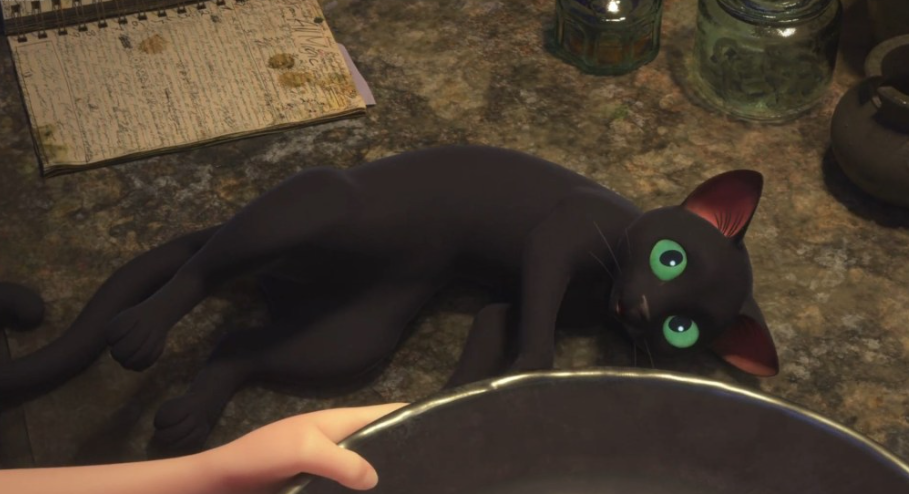The making of the potion scene
Earwig and the Witch tells the story of Aya, a girl adopted by a witch and a demon. With a blend of CGI animation and Russian folktales, this film gives us a child story tangled with a witchy vibe—a mix too scary for kids, according to some.
Thomas, the cat of the house, is humanised. He talks and becomes friends with Aya rapidly, since they both hate Yaga. The barrier between animal and human is broken, the differences are unclear, and this, because of some factors…
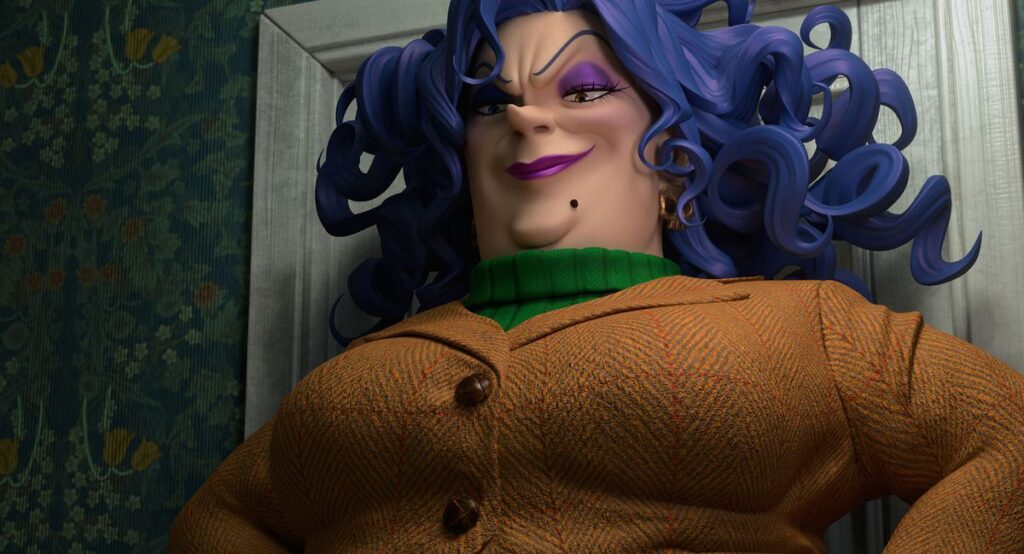
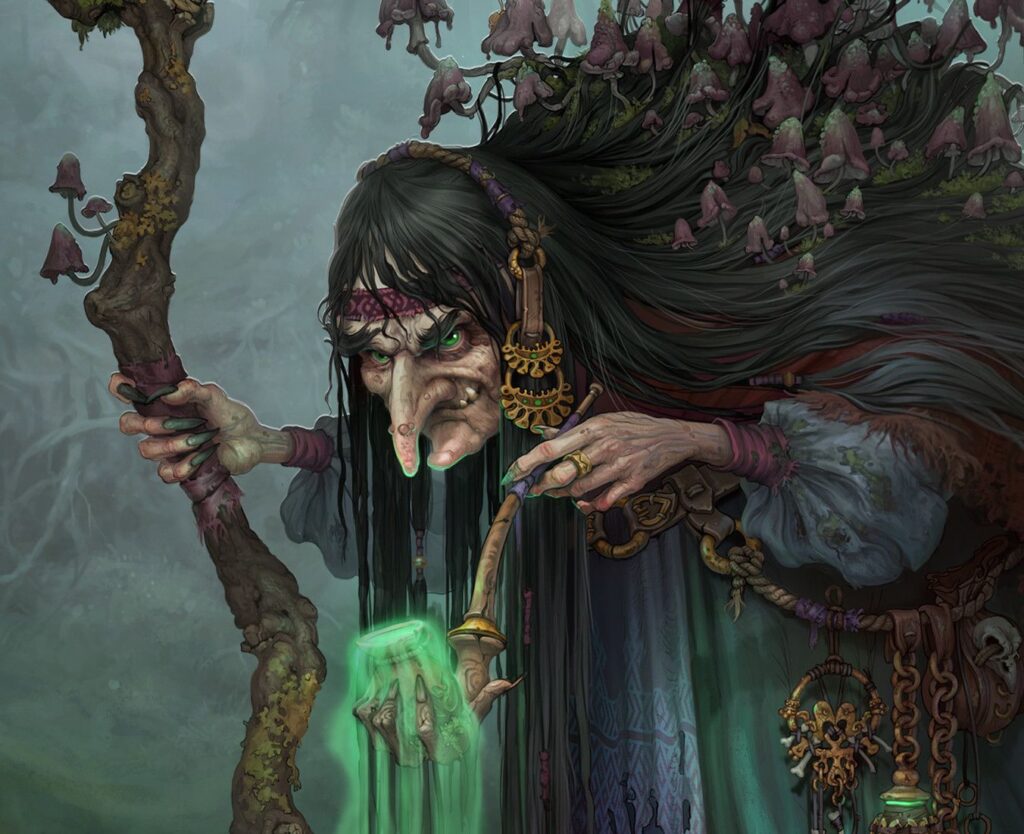
Aya is not animalised, she is a kid with a dream : becoming a witch. One particular thing about her design is her two unusually high ponytails, which look like animal ears or demon horns. However, the way she treats Thomas as a friend shows how humanised he is.
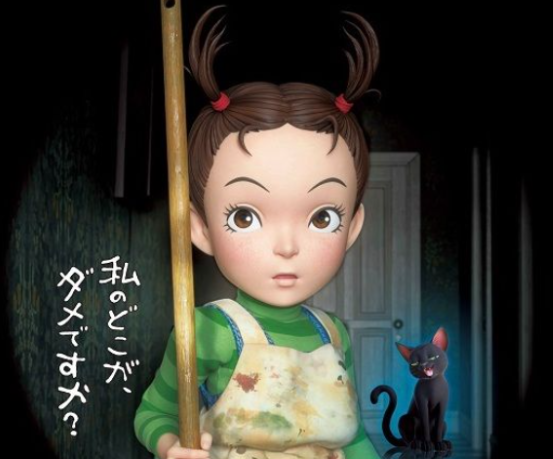
He is only called ‘Thomas’ which is more commonly known to be a human name. No surname is given to him, not even by his owner, Yaga. It makes us feel like she does not see him as a pet, but as her witchcraft colleague.
Thomas can talk, slightly surprising Aya, implying that it’s uncommon and that he is probably cursed. He reads and knows things about witchcraft, especially black cats’ role and importance as confidants, which he constantly brags about. He acts as Aya’s teacher, directing her into making the potion.
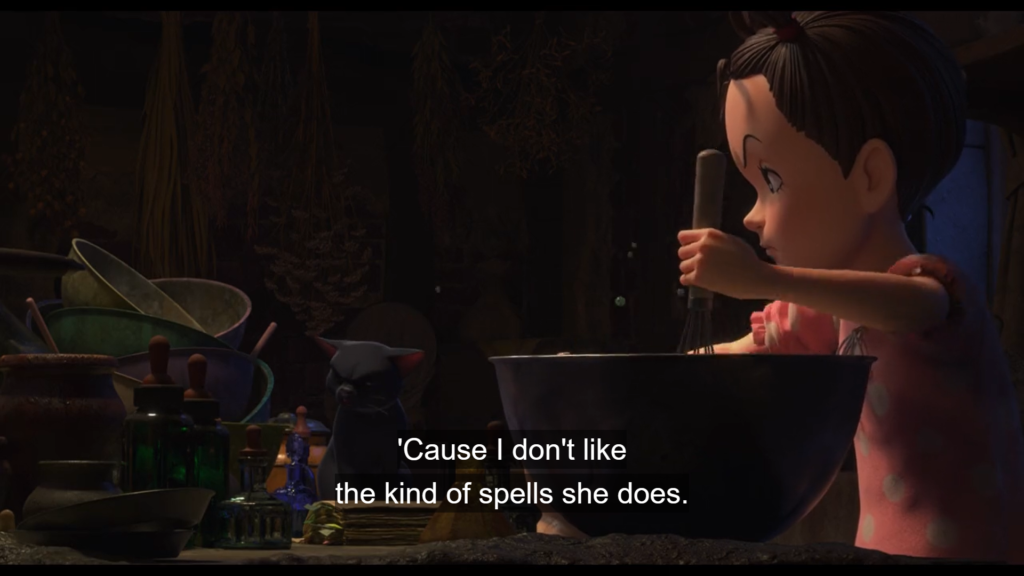
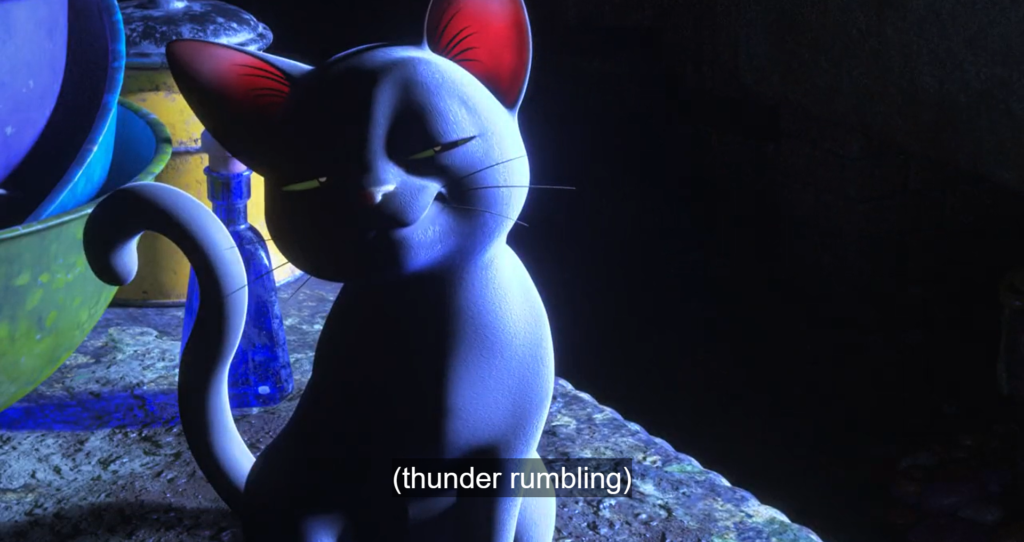
He gives his opinion on Yaga, giving us an insight into his thoughts and showing that cats judge and have feelings. It humanises him, making him the equal of any other human character that would step up and speak for themselves, making the audience aware of his feelings and empathising with him.
To Aya, he is more than a pet; he’s a friend and acolyte. The relationship between them is friendly, but also bossy. She easily accepts the situation; she is not shocked by him reading and knowing spells. She always calls him “Custard”, the name of her best friend, proving that she does not differentiate them. Her cat friend reminds her of her human one; they help her and deserve her love equally.
Even if Thomas growls and his ears bend like a ‘real’ cat, he sometimes makes unusual facial expressions, being more dramatic than Aya…
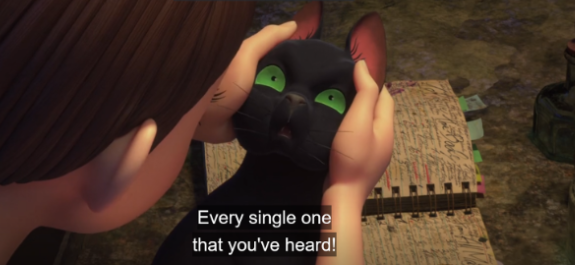
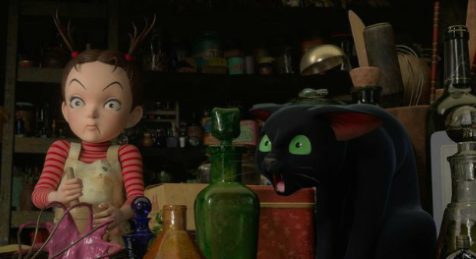
Nonetheless, Thomas is still a cat, and it shows. For example, he says that Yaga’s techniques make him feel like he is “being stroked the wrong way”, something only animals experience. He walks on his fours, rolls over for attention, and sleeps in weird places (bowls). His green eyes could be a bit scary, because unusual, but he totally fits the aesthetic thanks to the freedom computer-generated imagery (CGI) animation offers. Usually found in cartoons for children, it allows authors to create original and memorable characters, striking the audience.
Despite the lack of music, the animators used lights and sounds when Thomas announced being a confidant : lightning thundered, illuminating his smiling face. The animation exaggerating Thomas’s reactions could be a trait of intensified realism, made to characterise him and allow the audience to connect with him emotionally. This highlights a common thing about animals in family films : Thomas is a funny character capable of making anyone feel compassion and love for him.
This film aims to prove cats can be trustworthy. He supported Aya and explained to her all the weird things, like a friend. It could also calm stereotypes about black cats that are associated with witches and being murdered during Halloween in spite of being ‘scary’.
This illustrates how they are simply cats—nothing supernatural, no matter the fur color…
